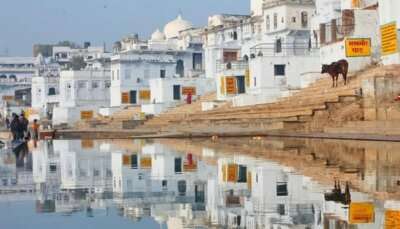Explore Fontainhas In Goa That Offers A Gimps Of Portuguese Past In 2025
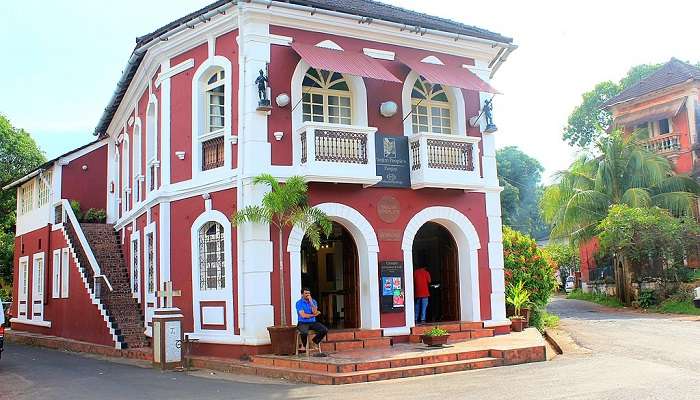
Fontainhas in Goa, also known as Bairro das Fontainhas in Portuguese, is an old Latin quarter located in Panjim, Goa. The architecture of this is inspired by the Portuguese narrow and picturesque streets, which is similar to that of European cities. The buildings are painted a pale yellow, green, or blue, and the roofs are made of red tiles just like old villas and buildings. The Fontainhas represent the influence of traditional Portuguese culture in this area. It is the oldest Latin quarter in Panjim, similar to the Mediterranean city located at the foot of the Altinho Hills, bounded by an ancient creek known as Ourem Creek on the east side.
History Of Fontainhas In Goa
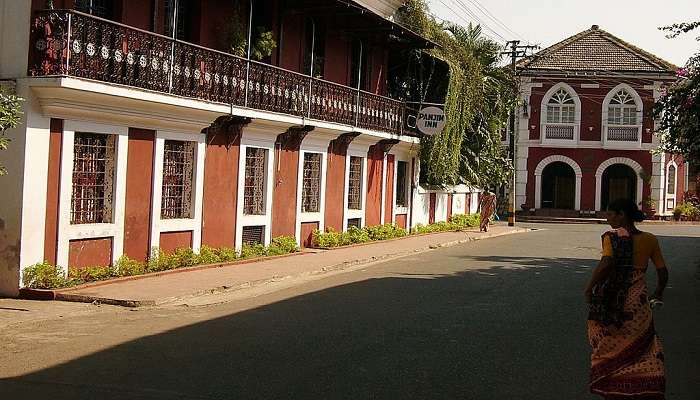
A goan named Antonia Joao de Seueira, who is also nicknamed Mossmikar, made his wealth while working in Mozambique and established this Fontainhas in the late 18th century. This name came from spring at the foothills which began to sprout around 1770. In 1844, the government administrator resorted to an order in Goa and directed that even the people of the lower strait of society should properly dress in public. He also built an elegant street called Rua Nova d’Ouremsea on the seaside of the Fontainhas quarter. In that same area, he also created the Phenis mountain.
This quarter had a high population density, where the rich lived on Panjim Hill, in large bungalows while the lower strata lived at the foot of the hills and the eastside of the hills, where the area remains dry and emits a false smell during the low flow season. William Dalrympal gave a name to Fontainhas, which was a small chunk of Portugal washed up on the shores of the Indian Ocean. This is the only area where Portuguese is still the main spoken language in Goa.
Must Read: Places To Visit In Panjim
Features Of Fontainhas
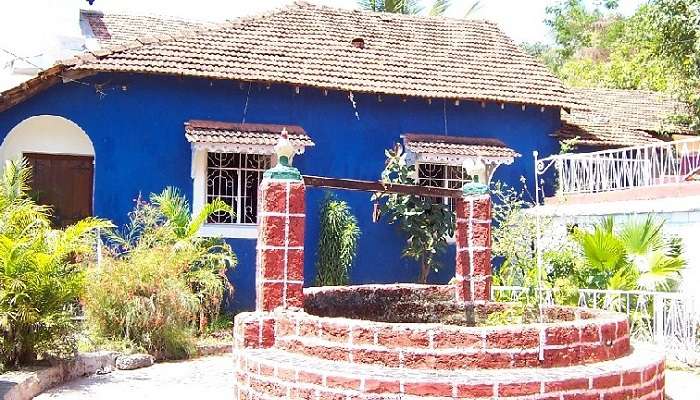
The old houses that were built in the 18th and 19th centuries in Portuguese architectural styles still remain with their original and colourful roofs made of red tiles and the houses are painted in pale yellow, green, or blue. The Fundação Oriente, which is a Portuguese public organisation that is involved in the task of restoring heritage buildings in Goa, is also located in this quarter. Fonte Phoenix is a well from a natural spring located at the quarters houses that has been renovated. There are many art galleries with exotic cafes located in this place.
These are some of the nostalgic scenes on this street. Many mansions have been destroyed and made into modern buildings, but some of them remain the same and have a rich Indo Portuguese architecture. There are some houses that face the back lens of the Fontainhas. The houses on the lanes are still kept very neat following the Portuguese rule where every urban resident had to paint his house every year after the monsoon, which was mandatory and the practice is still being continued as a tradition. Walking along the lane in the fountain has shown the architectural elegance of the heritage area.
An Art Festival In Fontainhas In Goa
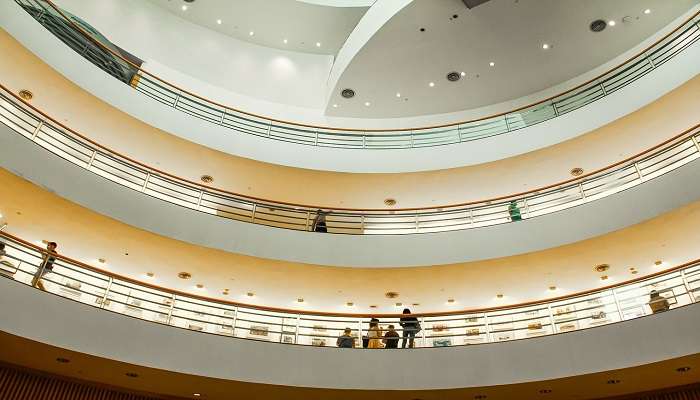
Every year, for a week, the historic houses in Fontainhas are turned into art galleries that display the artworks of the residents, Goan heritage, the unique architectural features of the balconies and the furnishings in their dining halls. The Fontainhas Festival is an art and cultural festival that is held in the month of February. This festival is an attempt to create awareness about Goan heritage among the youth and to preserve the distant culture prevalent in Goa.
Goan music, dance, and art are closely related to Portuguese and are beautifully displayed at this festival. Singers and dancers from across the world come here to perform during this festival, and there are many musical and dance events every day. This festival also provides an opportunity for artists to spread their work and connect with many people.
Suggested Read: Places To Visit In Old Goa
Fontainhas Heritage Walk
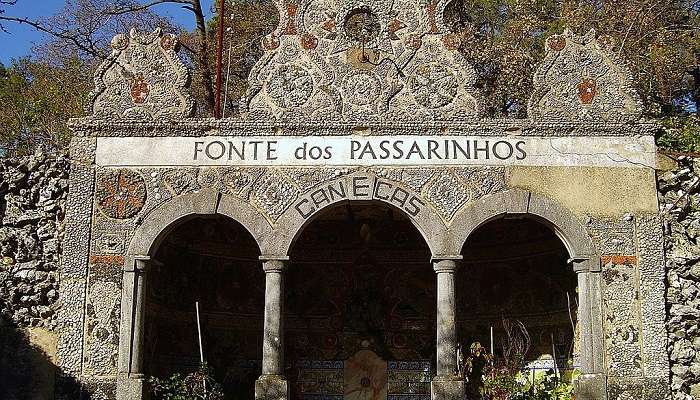
Walking around the charming old Latin quarter in Panjim can give tourists a glimpse of the rich heritage of a neighbourhood described as a small chunk of Portugal washed up on the shores of the Indian Ocean by historian William Dalrympal. The locals hairstyle tribe to interact and keep up their culture from centuries old. Walking around this place gives us knowledge of the untold history of Panjim at Tobacco Square and the tales of the neighbourhood’s colonial Portuguese residents. It also transports tourists back to the bygone era, exploring the beautifully painted buildings that have survived even in the development of the 21st century.
The traditional Portuguese-style houses with bright colours make it a dream to visit for every photographer. The oldest bakery in Panjim here has one of the traditional go on treats with a refreshing beverage and the authentic taste of Goa. There are still some local musicians who live here and perform music in a blend of Konkani and Latin styles. There are many handcrafted local product stores available here to take a small part of Goa home with the tourists.
Chapel Of St. Sebastian
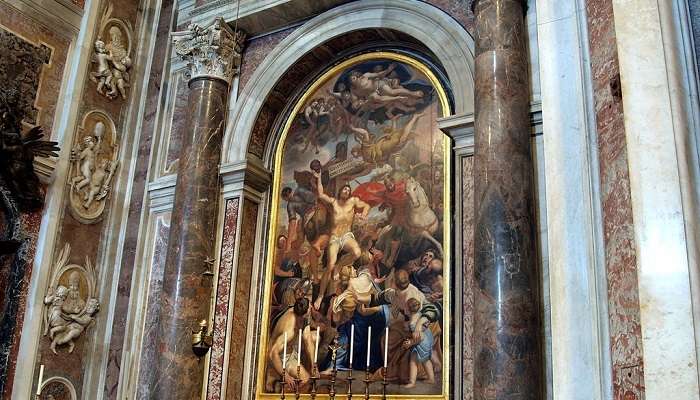
The Chapel of St, Sebastian, located in the southern end of the Fontainhas, was built in 1818. This chapel is dedicated to St. Sebastian. It is also home to the statue of the Virgin Mary to market reaches and three elaborately card screens from a church in Diu. The chapel also dominates the small square where the locals used to hold an annual street fest in mid-November to celebrate the feast of our Lady of Livrament. This is an old tradition attached to the chapel. This place is 2 km away from Panjim Kadamba bus stand, 30 km away from Vasco da Gama railway station and 1 km away from Fontainhas. This place is open from 9:30 a.m. to 1:00 p.m. and from 4:30 p.m. to 6:00 p.m.
Further Read: Offbeat Places In North Goa
Now that you have a list of things to keep in mind while travelling to Fontainhas in Goa, plan your trip to Goa to explore the beaches, culture and heritage. Whether you are first time traveller or a seasoned one, you can definitely visit this place. This place will surely take your breath away!
For our editorial codes of conduct and copyright disclaimer, please click here.
Cover Image Credit: Shambhavi Karapurkar for wikimedia commons
Frequently Asked Questions About Fontainhas In Goa
What is the best time to visit Fontainhas?
The best time to visit Fontainhas is between the months of November to February, because during this month it is observed to be a cool and dry climate, perfect for exploring the streets and other nearby places.
Is accommodation available in Fontainhas?
Fountainhas provides accommodation with the architectural style of old traditional houses in Latin quarters. There are a few guest houses in the heart of Fontainhas that provide accommodation with many facilities.
How to reach Fontainhas?
Fontainhas is located between the Ourem Creek and the Altinho Hills. It is also a part of old Panjim and on the way to North Goa, which makes it easier to reach this place. It is nearly 28 km away from Goa International Airport.
Is there any entry fee to visit Fontainhas?
There is no entry fee to visit Fontainhas, but to organise private entrance and private trips, tourists can make advance bookings with the local guides and organisations.
What are some places to visit near Fontainhas?
A few places to visit near Fontainhas are Immaculate Conception Church, Reis Magos Fort, Welcomheritage Panjim Inn, Gitanjali Gallery, Sri Mahalaxmi Temple, St. Sebastian's Chapel, and many more.
People Also Read:
Things To Do In Goa Churches In Goa Markets In Goa

As a Travel Content Writer, I live to conquer the world of globetrotting with words. With my unquenchable thirst for storytelling, I believe that my words will inspire you to travel around the world’s breathtaking landscapes. As for me, I am an unapologetic selenophile, who loves to wander around in a starry night!




